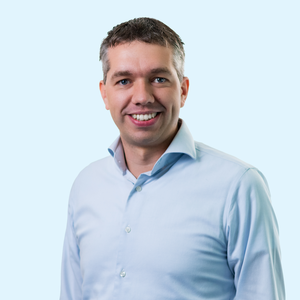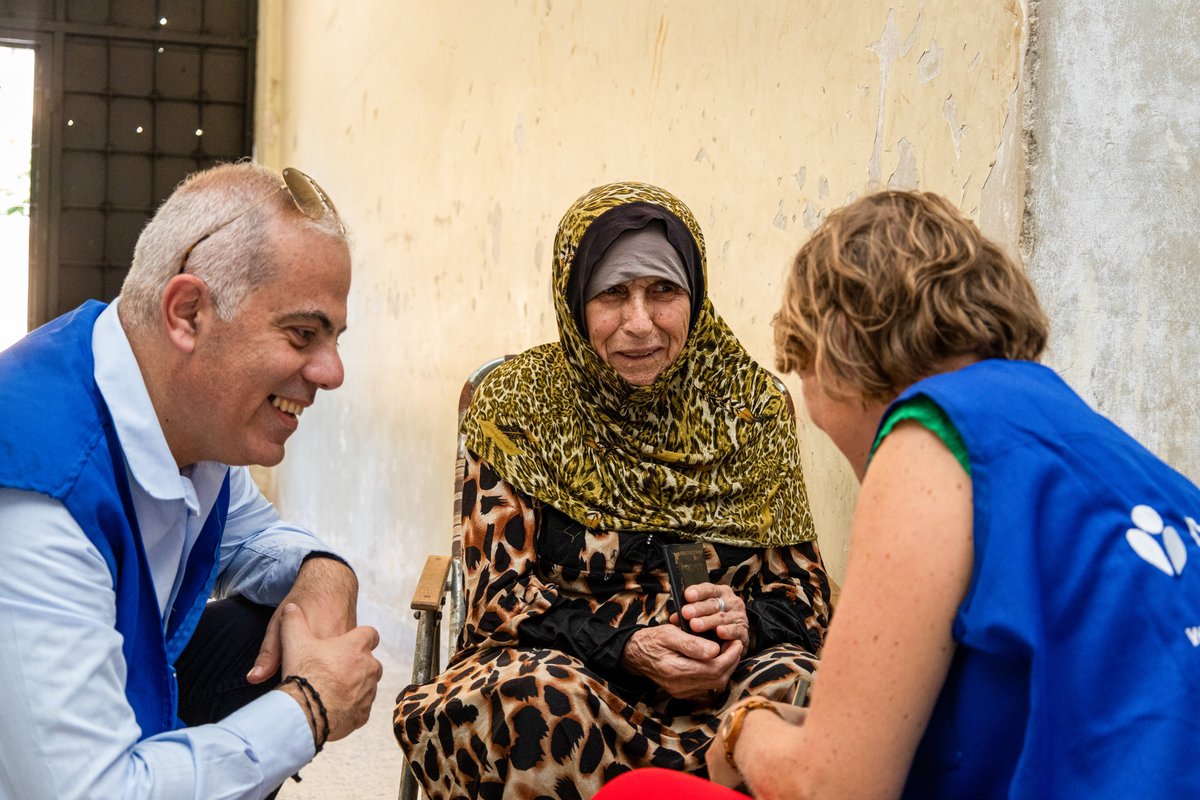From Verification to Certification
"The bridge audit to certification has shown that we made significant progress as an organisation."
After an initial experience under HQAI's CHS Independent Verification scheme, the Dutch organisation Dorcas successfully moved to CHS Certification.
We interviewed Quality Manager Gerben de Witte to find out more about Dorcas' motivations, learnings and advice.
Geneva, August 2025

The bridge audit to certification has shown that we made significant progress as an organisation. Recommendations from the previous audit had been addressed successfully, which is a great testament to the effort that everyone throughout the organisation has put in. The CHS certification is seen as a meaningful recognition of this progress, and it motivates us to continue improving.
Gerben de Witte, Quality Manager, Dorcas
Back in 2022, why did Dorcas apply for CHS Independent Verification in the first place?
Gerben de Witte (GW): At Dorcas we want to ensure that our work and our projects meet high quality standards, and we want to be accountable to participants in our projects and to the communities we support. The CHS offers such standards, and as such it was a logical step to start verifying our efforts against the CHS. In addition to that, we also see a growing interest in CHS certification within the donor landscape, which is a promising development that aligns well with our commitment to quality and accountability.
In our experience, having an external, objective assessment on the quality of our work is valuable, as it helps us to see how we are doing. It has been a great learning experience, and has helped us to focus on improvements for the benefit of participants in our projects. Their wellbeing and dignity are the driving force behind our efforts.

After one 3-year cycle in Independent Verification you have bridged to certification. Can you describe some of the transformative changes you have put in place during these three years?
GW: During the 3-year cycle, we have worked to address the key findings from the initial verification audit. We have implemented a comprehensive improvement trajectory, with a specific focus on strengthening the link between policy and practice across our country offices and projects. Through embedding quality requirements in existing processes and systems, and establishing regular compliance checks, we have been able to ensure that policies are translated concretely to the practical level.
Another key improvement has been on establishing feedback and complaint mechanisms in all our projects. By giving project participants the opportunity to voice concerns or suggestions, we are able to make our projects even better. At the same time, we still see room for further improvement with our feedback and complaint mechanism, for example in further involvement of communities in the design of them.
The bridge audit to certification has shown that we made significant progress as an organisation. Shortcomings from the previous audit had been addressed successfully, which is a great testament to the effort that everyone throughout the organisation has put in. The CHS certification is seen as a meaningful recognition of this progress, and it motivates us to continue improving.
The CHS certification is valuable as an objective mark of quality.
Gerben de Witte, Quality Manager, Dorcas

How do you plan to use your CHS certification and what would be your call to stakeholders?
GW: The CHS certification is not only valuable as an objective mark of quality, but also as a tool for continuous learning and accountability. We will use our certification to continuously improve the quality of our work.
We also call on stakeholders - particularly institutional donors - to embrace the CHS as a mark of quality. This can be very helpful in our sector, for example to limit the need for extensive due diligence exercises. More and more donors are taking these steps, and it helps organisations like ours to focus on our mission: to serve those in need!
Dive deeper
Category